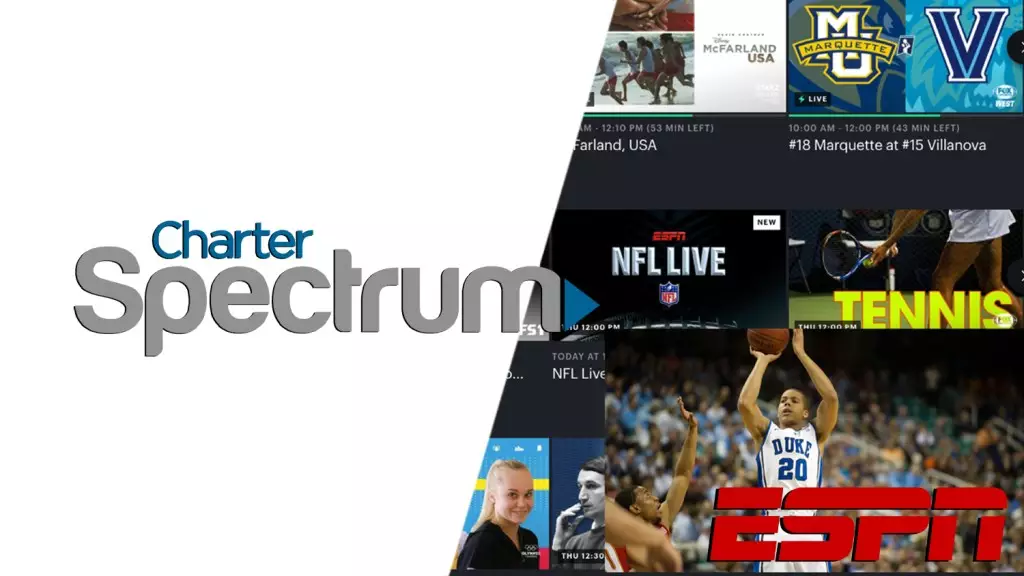The ongoing carriage fight between Charter and Disney has been making waves in the media sector, with little progress being made during negotiations. Charter CEO, Chris Winfrey, addressed investors at the Goldman Sachs Communacopia + Tech Conference and shed light on the situation. With 18 Disney cable networks and eight ABC stations going dark for Spectrum’s customers, Winfrey expressed concerns about the broken video ecosystem and the need for a permanent shift away from traditional cable TV. In this article, we will analyze the implications of this battle and explore the potential for a leaner TV bundle.
The rift between Charter, the second-largest cable operator in the US, and Disney, the sports programming giant, has captivated the industry. As the impasse drags on, Winfrey emphasized that Charter’s incentive to reach a compromise decreases. He highlighted that the average customer remaining with Spectrum is not likely to be a sports enthusiast, potentially making the loss of big-ticket sporting events less impactful.
Charter’s threat to transition away from the traditional cable TV business indicates a growing interest in the emerging economic model of streaming. Winfrey believes that if a Disney renewal is not reached, Charter is committed to pursuing a permanent shift. This move comes at a time when the media sector is facing the challenges of cord-cutting and the evolving profitability of streaming services.
Winfrey expressed concerns about delivering packages to customers that they don’t want or can’t afford. He criticized the use of high linear fees by programmers, which are then funneled into direct-to-consumer products that require additional payments. This sentiment reflects a shifting landscape in which customers are seeking more customized and affordable options.
In recent times, Charter viewed its broadband business as a supplement to its video offering. However, Winfrey stated that this perception is now on the verge of flipping, with the video side becoming a liability. This shift reflects the increasing importance of broadband services in an era where streaming and online content consumption are prevalent.
Ultimately, Winfrey believes that Disney will have a significant influence on the ultimate outcome of this battle. Whether the “alternative world” without ESPN and other Disney content results in a smaller customer base, Winfrey thinks it could produce a more loyal customer base. Charter’s CEO suggested that a leaner bundle without Disney programming wouldn’t necessarily exclude the option to sell sports through direct-to-consumer and subscription-based platforms.
As a broadband provider, Charter could continue to assist customers in accessing sports programming. This potential scenario would not only benefit consumers but also have positive implications for Charter in the long run. Winfrey sees this as an opportunity for growth and a way to cater to evolving customer demands.
While a leaner Spectrum offering without Disney content may benefit Charter and possibly customers, Winfrey acknowledged that it may not be good for the entire video ecosystem. The absence of Disney in this bundle could have far-reaching implications and disrupt existing pay-TV relationships.
The ongoing carriage battle between Charter and Disney highlights the changing landscape of the media sector. While negotiations have been slow, Charter is considering a permanent shift away from traditional cable TV towards streaming. A leaner TV bundle without Disney programming might provide a solution for price-sensitive customers, but the impact on the broader video ecosystem remains uncertain. As the industry continues to evolve, it will be interesting to see how the battle between Charter and Disney plays out and what it means for the future of content consumption.

